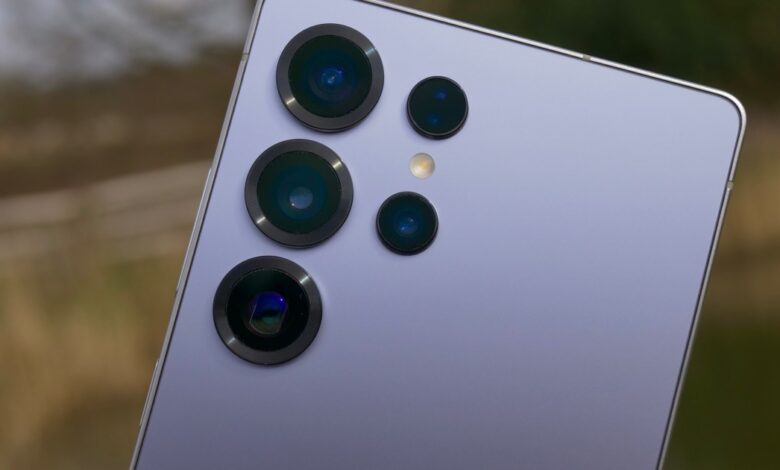Samsung’s 200MP Camera Set to Revolutionize Photography but Patience Required

Samsung Unveils Next-Gen 200MP Camera Sensor
The Samsung Galaxy S23 Ultra was a game-changer for the brand, being the first to feature a 200MP camera sensor. Now, Samsung has introduced an upgraded version of this sensor designed for future flagship smartphones, promising enhanced performance and capabilities.
compact Yet Powerful
This new 200MP camera sensor is notably smaller than its predecessors, measuring just 1/1.56 inches according to reports from Sam Mobile. Despite its reduced size, samsung assures users that it will significantly enhance both video and image quality.
The latest sensor incorporates advanced technologies such as Dual Vertical Transfer Gate (D-VTG) and Front Deep Trench Isolation (FDTI), which are set to elevate the overall photography experience.
Why This Matters in Smartphone Photography
Camera performance is a critical battleground among smartphone manufacturers. the software paired with camera sensors plays an essential role in determining how well a device captures images. With this new offering, Samsung aims to compete directly with existing sensors from rivals like Sony and OmniVision.
the Deep Trench Isolation technology featured in this new sensor enhances autofocus capabilities while also reducing noise levels in images. According to Samsung's claims, users can expect up to a 150% increase in conversion gain along with nearly 40% better noise reduction compared to previous models.
Innovative Features for Enhanced imaging
The ISOCELL HP5 technology within this updated sensor has been fine-tuned for improved light capture at the pixel level through high-precision microlenses. Additionally,it employs a High Transmittance Anti-refractive layer that minimizes light reflection entering each pixel.
This design also includes an oxide-based insulation structure aimed at further reducing interference and light loss during image capture.
A Broader Impact on Future Devices
This cutting-edge Samsung 200MP camera sensor is expected to be integrated into various upcoming devices beyond just Samsung’s own lineup; one potential candidate is the OPPO Find X9 Pro. Though, it appears that we may not see this particular sensor debut on any of Samsung's flagship models right away.
A standout feature of this new technology is its capability for 2x optical zoom alongside Smart ISO Pro and Staggered HDR functionalities that promise superior HDR imaging results—both stills and videos alike.
Diverse Recording Options Available
This innovative camera can capture images in multiple RAW formats: options include 8-bit, 10-bit, 12-bit, or even up to stunningly detailed 14-bit files.When it comes to video recording capabilities, users can shoot full HD footage at an extraordinary rate of up to 240fps or opt for higher resolutions like recording at [4K]120fps or [8K]30fps—ideal settings for capturing fast-moving action without losing clarity!
what Lies ahead?
The next generation of Android flagship devices are already gearing up for their market debut soon! These smartphones will compete against powerful processors from Qualcomm and MediaTek while aiming high on camera performance thanks largely due these advancements brought by the new Samsung sensor—setting benchmarks for future imaging standards across mobile platforms!
Interestingly enough though; similar patterns emerged when considering earlier iterations—the original Galaxy S22 Ultra didn’t utilize the first-generation version until later releases like S23 Ultra came around! It’s possible we might have another wait ahead before seeing these features implemented into something like Galaxy S26 Ultra; perhaps they’ll make their grand entrance instead with Galaxy S27 Ultra slated down road sometime around year twenty twenty-seven!
And don't forget! NoveByte might earn a little pocket change when you click on our links, helping us keep this delightful journalism rollercoaster free for all! These links don’t sway our editorial judgment so you can trust us. If you’re feeling generous support us here!





